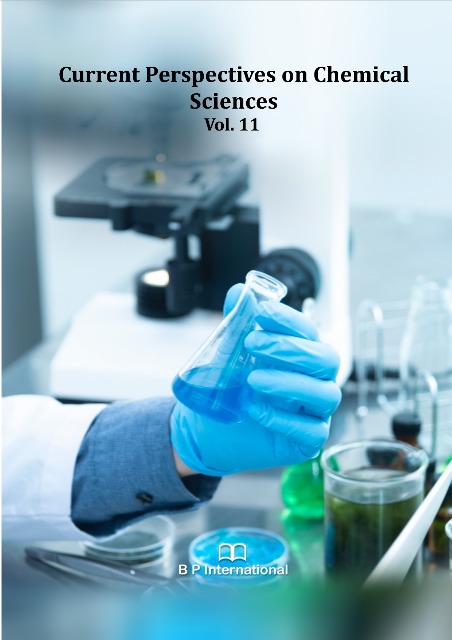Isolation, Characterizations of Bioactive Principles from Melia dubia Leaf and Its In-silico and In-vitro Urolithiatic Activity
Current Perspectives on Chemical Sciences Vol. 11,
2 June 2021,
Page 1-24
https://doi.org/10.9734/bpi/cpcs/v11/8110D
Various bioactive compounds were extensively found at different levels in many medicinal plants. This study mainly focuses on identification and separation of antioxidants from the different extract of leaves of Melia dubia. Soxhlet extraction was adopted for extraction using solvents namely hexane, chloroform, ethyl acetate, methanol, water and 70% ethanol. Anti-oxidant capacity of six extracts was analyzed by quick and convenient DPPH method. Extracts which possess high scavenging activity were taken for separation and are achieved by chromatographic techniques, then, characterized by spectral methods. Compound owing highest antioxidant efficacy were tested for its inhibitory potential against Urolithiatic activity via In-silico and In-vitro analysis. On antioxidant activity the methanol and 70% ethanol extracts revealed greater antioxidant potential from which two antioxidants were isolated and characterized namely MDL-1 and MDL-2. The antioxidant MDL-1 exhibited highest scavenging potential than MDL-2 and its antiurolithiatic potentials were confirmed with molecular docking (In-silico) as well as single diffusion gel method (In-vitro).
